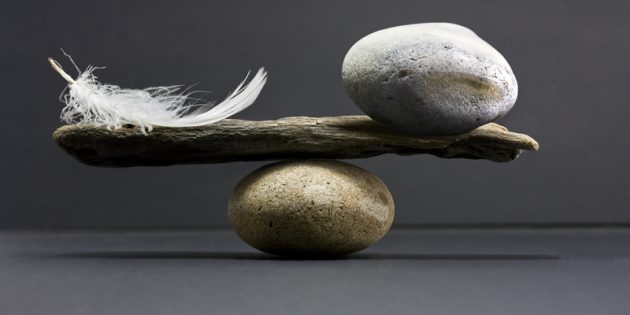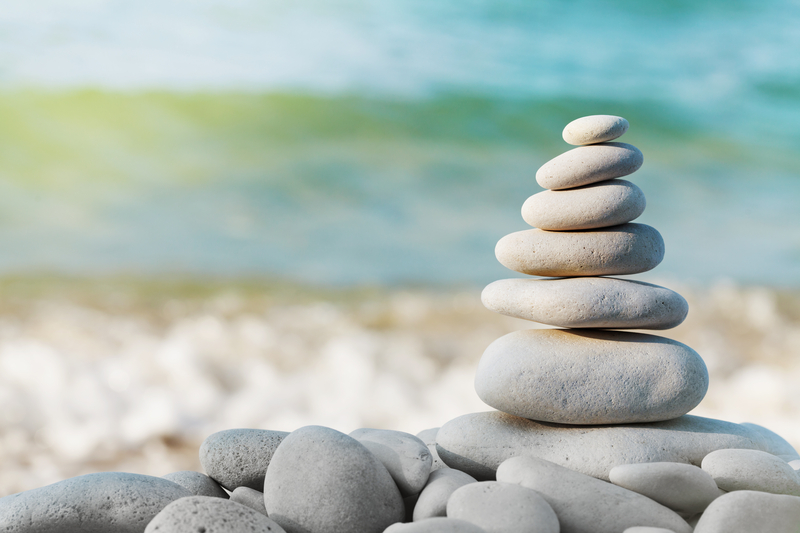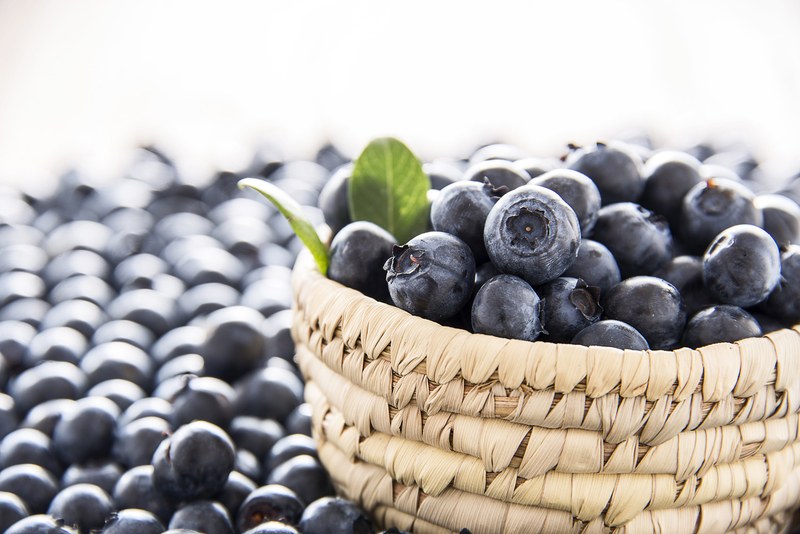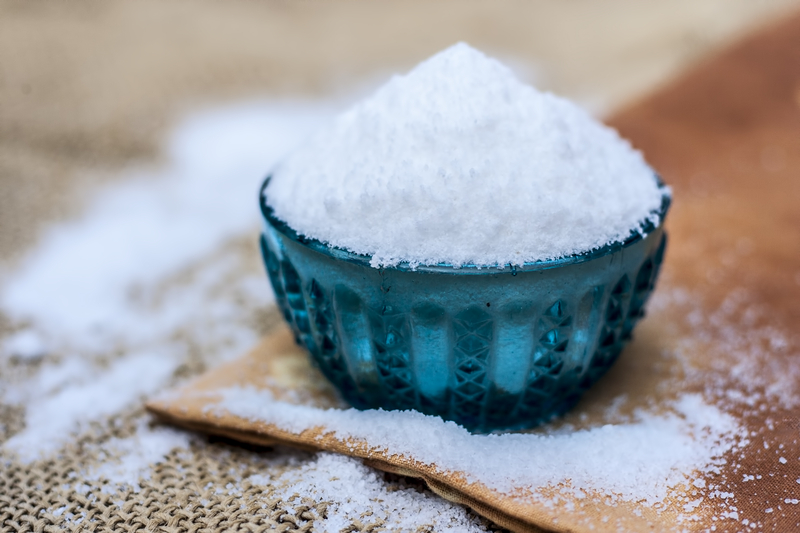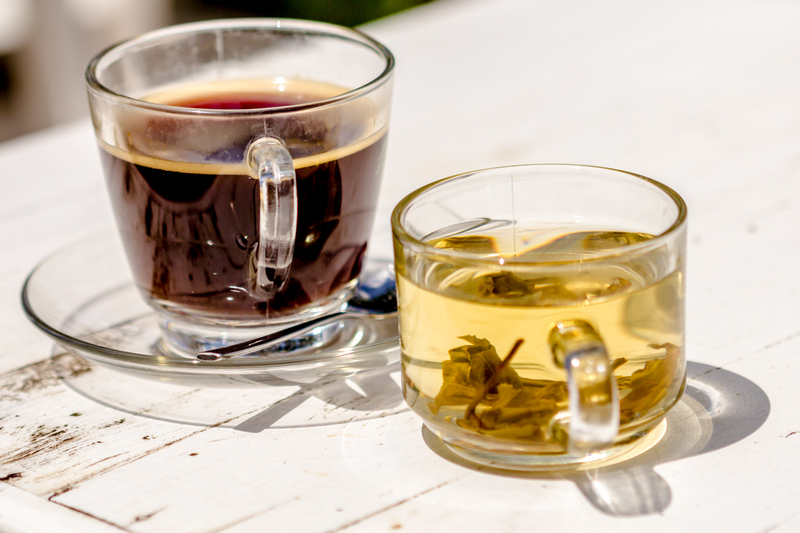You have probably heard of a balanced diet, but have you ever thought about a diet for balance? Balance and equilibrium concerns are an increasing problem for people as they age and are the most common reason older adults seek help from their doctors. Good balance means you can control and maintain your body position while moving or staying still. If you do not have good balance, you may stagger when you walk, fall when standing up or bending down, and trip on stairs. Falls are the leading cause of injury and death in individuals 65 plus in the United States. Every second of every day, an older adult falls, and one out of four older adults will fall yearly. A loss of balance can be a devastating loss of independence for people, so it is essential to do what you can to maintain your equilibrium.
Balance Disorders
Balance disorders can be caused by inner ear disturbances or sensory feedback issues. Common symptoms of balance disorders include dizziness, vertigo (a spinning sensation), falling, lightheadedness, blurred vision, confusion, and disorientation. The vestibular system is the part of your inner ear that plays a significant role in balance. Vestibular problems can result in vertigo and imbalance. Circulatory system diseases such as stroke can lead to dizziness and balance issues. Low blood pressure (hypotension) can cause dizziness, head injuries, and some medications. You may also experience nausea, vomiting, diarrhea, heart rate and blood pressure changes, fear, anxiety, or panic. Balance disorders can also indicate other health problems like ear infections, stroke, or multiple sclerosis. Dealing with these health issues will likely decrease or resolve your balance issues.
Balance disorders are serious problems that affect millions of people. While medications are essential in managing your symptoms, food can also play a role in restoring your balance and equilibrium. For example, balance problems caused by high blood pressure can be addressed by decreasing salt intake, maintaining a healthy weight, and exercising regularly. Conversely, balance issues due to low blood pressure may be mitigated by drinking enough fluids, avoiding alcohol, and moving more cautiously. Now we will look at specific foods shown to improve balance.
Foods That Can Improve Balance
1. Blueberries
Blueberries have been shown to improve memory, fight cancer with their anti-oxidative properties, and reduce the risk of cardiovascular problems. Studies have also found that blueberries improve balance. Resveratrol is a component in blueberries linked with balance improvement, which has been shown to improve motor coordination.
2. Red Grapes
Grape skin also contains resveratrol, which has been linked to balance and longevity. Resveratrol has been shown to reduce inflammation, cholesterol, heart disease risk, and certain types of cancer and protect brain cells.
3. Cranberries
Cranberries are incredibly high in antioxidants, second only to blueberries. These berries are both delicious and balance-enhancing.
4. Peanuts
Peanuts contain not only good fats and protein but also provide balance-maintaining resveratrol.
5. Chocolate
Chocolate, specifically dark chocolate, is rich in resveratrol. Dark chocolate also contains antioxidants and essential minerals such as manganese, iron, and copper.
In addition to consuming more foods that improve your balance, avoiding foods that may lead to dizziness or other balance concerns is essential. Speak with your doctor and try minimizing or eliminating your intake of the following ingredients.
Foods That Can Trigger Balance Problems
1. Sodium (Salt)
As mentioned earlier, too much sodium can create balance issues. While our bodies need a small amount of salt to function correctly, most people consume at least twice the recommended amount. Lowering your sodium intake can help lower blood pressure and potentially help with balance disorders such as Meniere’s disease and secondary endolymphatic hydrops (SEH). For some, they are maintaining a consistent level of adequate sodium may be even more critical. Not getting enough sodium can trigger balance issues in some people. The recommended maximum daily sodium intake is 2300 mg (1 ½ teaspoon), and the adequate daily information is only 1500 mg (slightly over ½ teaspoon).
Eating whole foods and avoiding processed foods is the simplest way to lower sodium intake. High sodium foods include canned or packaged foods, cereal, convenience items such as seasoned pasta or rice, frozen dinners, baked goods, sauces, foods preserved with salt (such as pickles), salad dressings, deli meats, bacon, chips, crackers, popcorn, trail mix, and bars. Generally, processed foods will contain more sodium than is beneficial. You can always read the nutritional labels to determine the food’s sodium content.
3. Foods High in Tyramine
Tyramine is an amino acid that plays a role in regulating blood pressure. Eating foods rich in tyramine triggers migraines and the associated dizziness for some people. These foods include aged and fermented foods such as aged cheeses, processed or cured meats, fish, Asian-style sauces, dried fruits, yogurt, red wine, and some beers.
4. Foods with Nitrates and Nitrites
Some individuals have increased levels of gut microbes that turn foods with nitrates into nitric oxide by-products. For some, these by-products can trigger migraines. Some foods high in nitrates/nitrites are chocolate, wine, and cured meats.
5. Caffeine and Alcohol
Both caffeine and alcohol can worsen symptoms for people with dizziness and balance problems. Try avoiding both and see if you feel better. Caffeine is found in coffee, certain teas, chocolate, yerba mate, and soft drinks. Alcohol can create balance problems by negatively impacting the inner ear.
6. Aspartame
Like alcohol, this artificial sweetener can adversely affect the inner ear, leading to nausea, headache, and vertigo.
7. Monosodium Glutamate (MSG)
Some individuals experience headaches and dizziness after eating foods with MSG. MSG is a flavor enhancer added to many canned foods and is stereotypically found in food from Asian restaurants. If you are sensitive, always read the label or ask the restaurant.
While it can seem overwhelming, you can simplify eating a diet for balance by focusing on whole foods. Consume plenty of vegetables, fruit, whole grains, lean proteins, and healthy fats, and you will feel better.
Discover the best foods for slimming and healing your body. Click here for more information.
